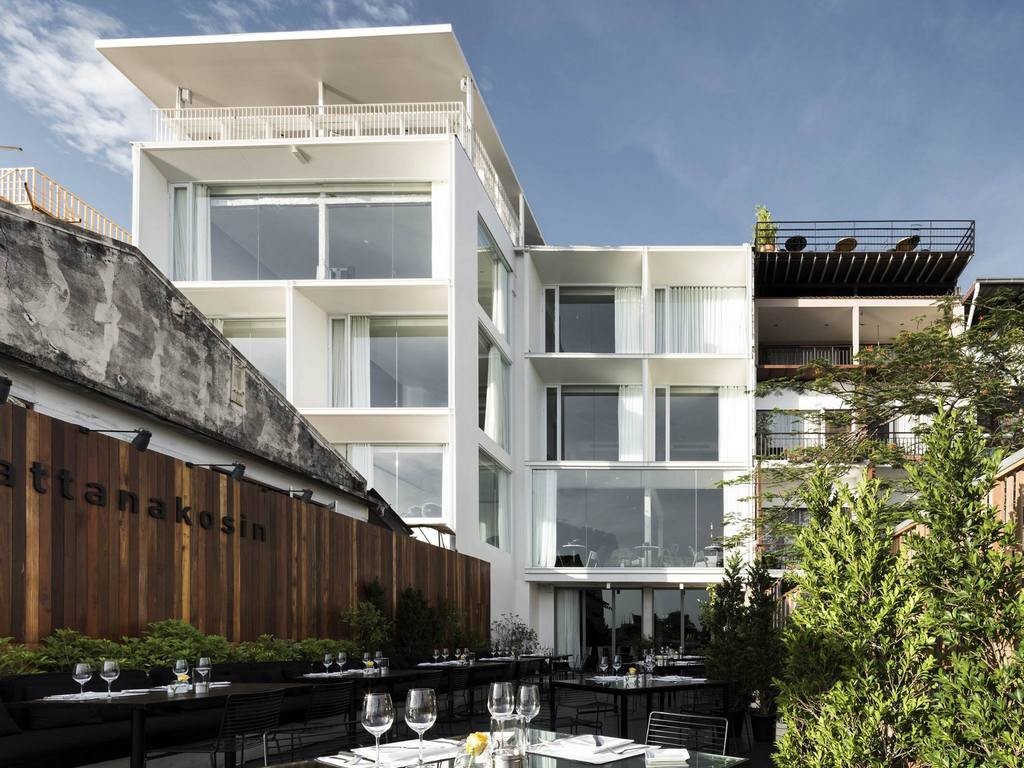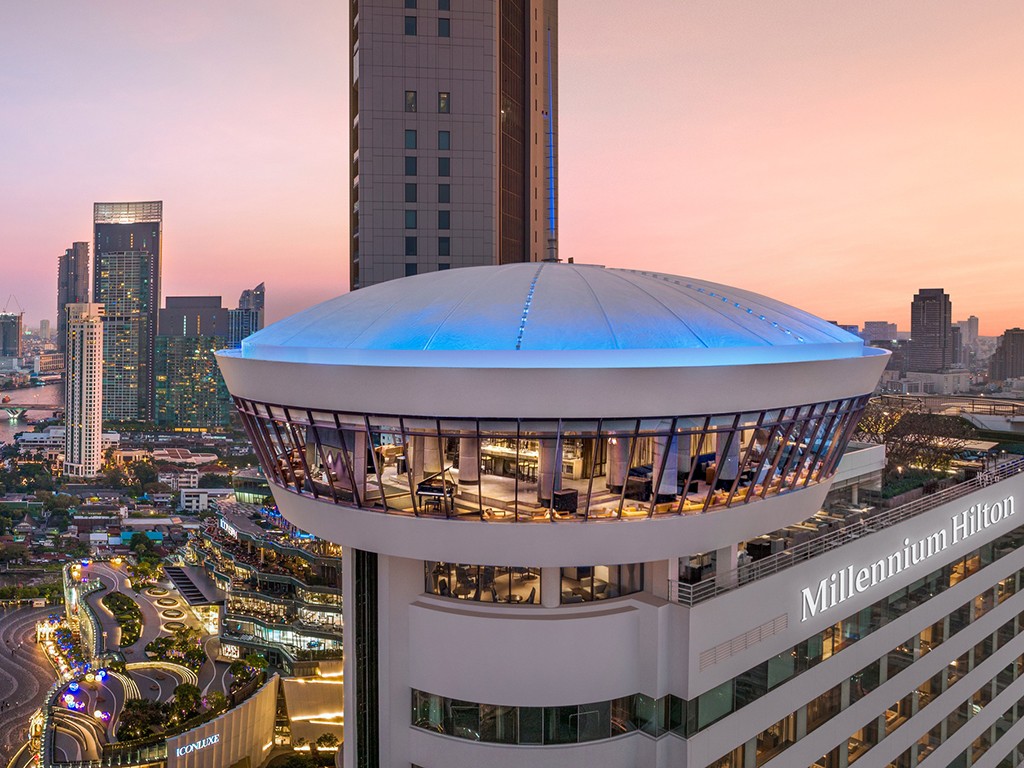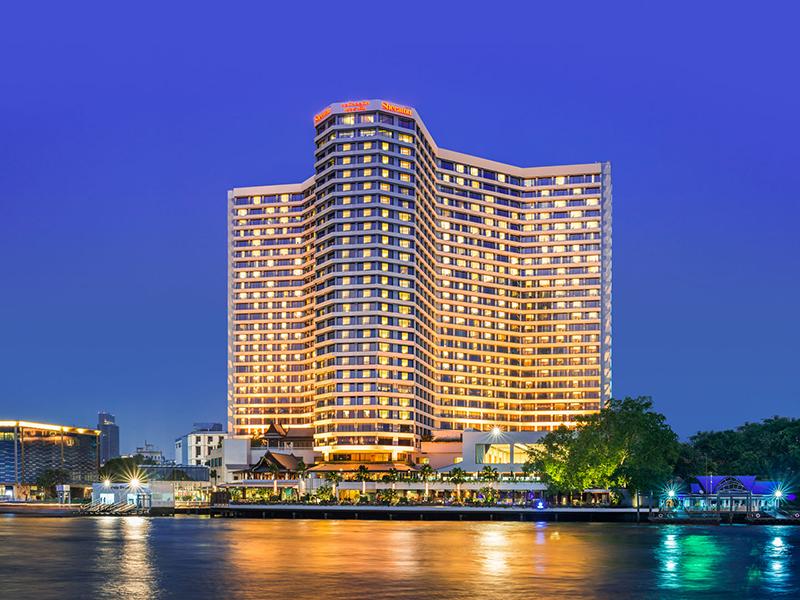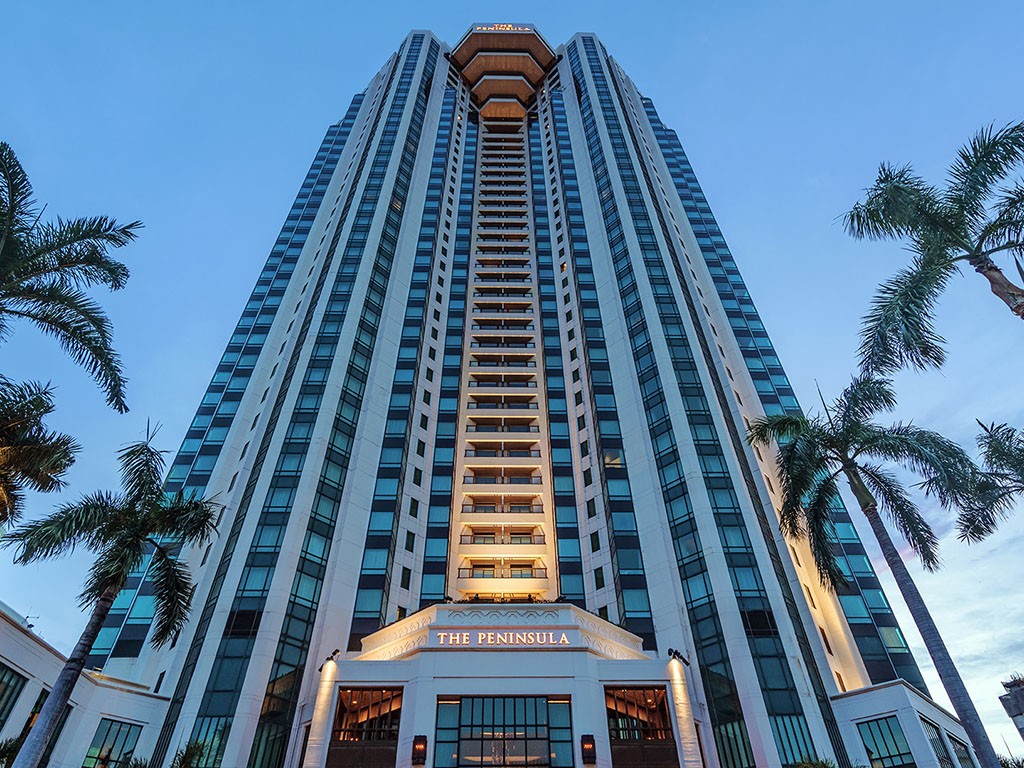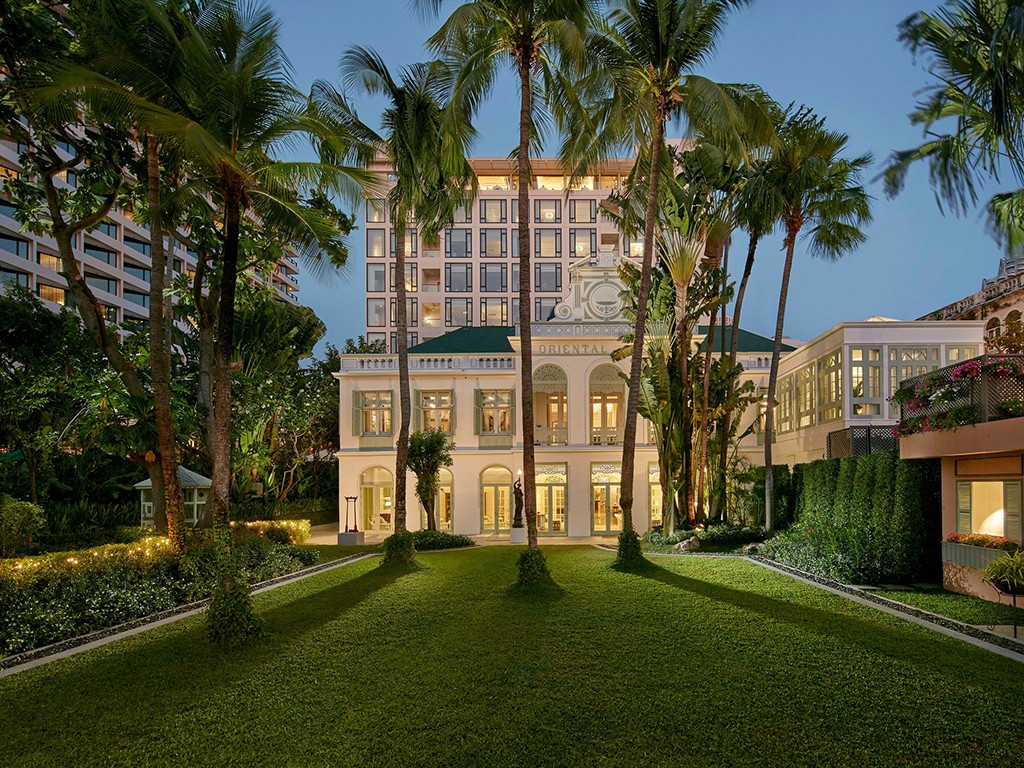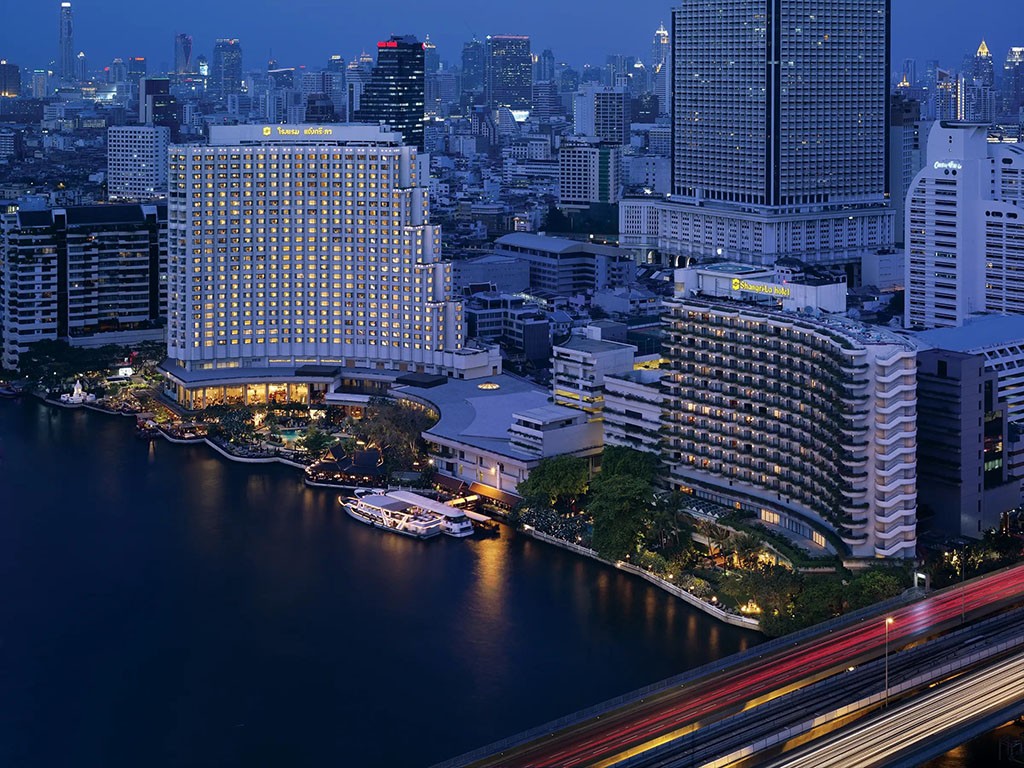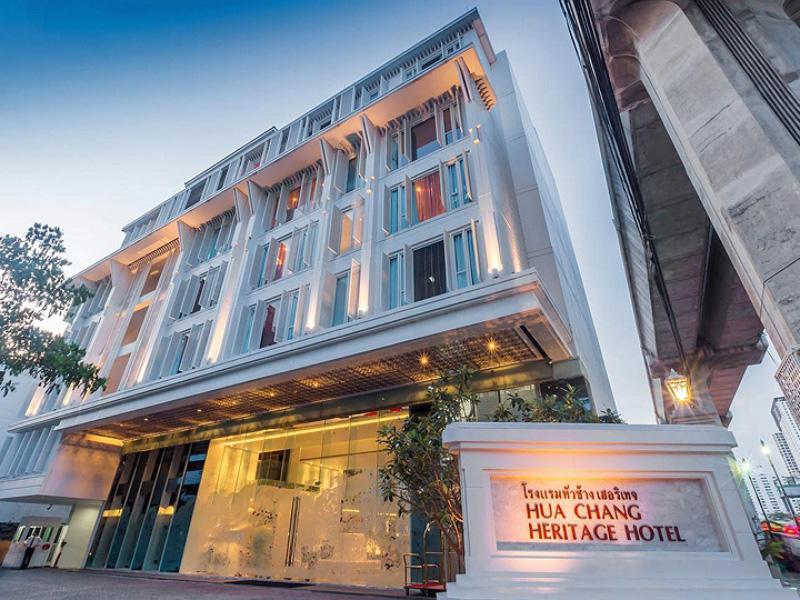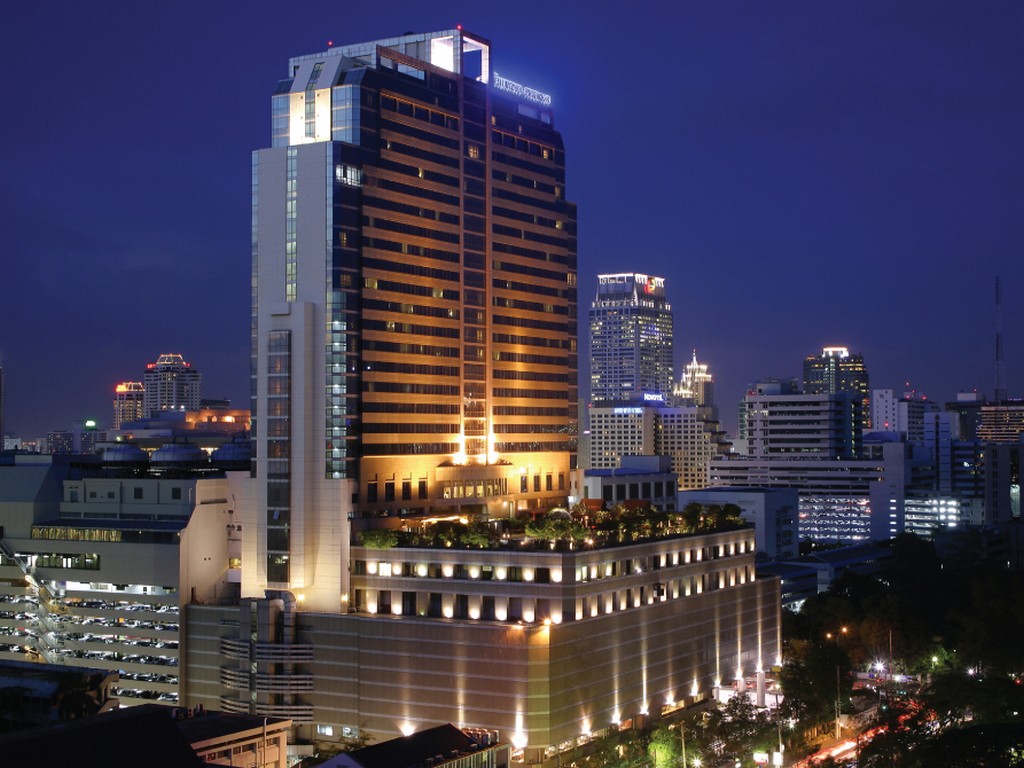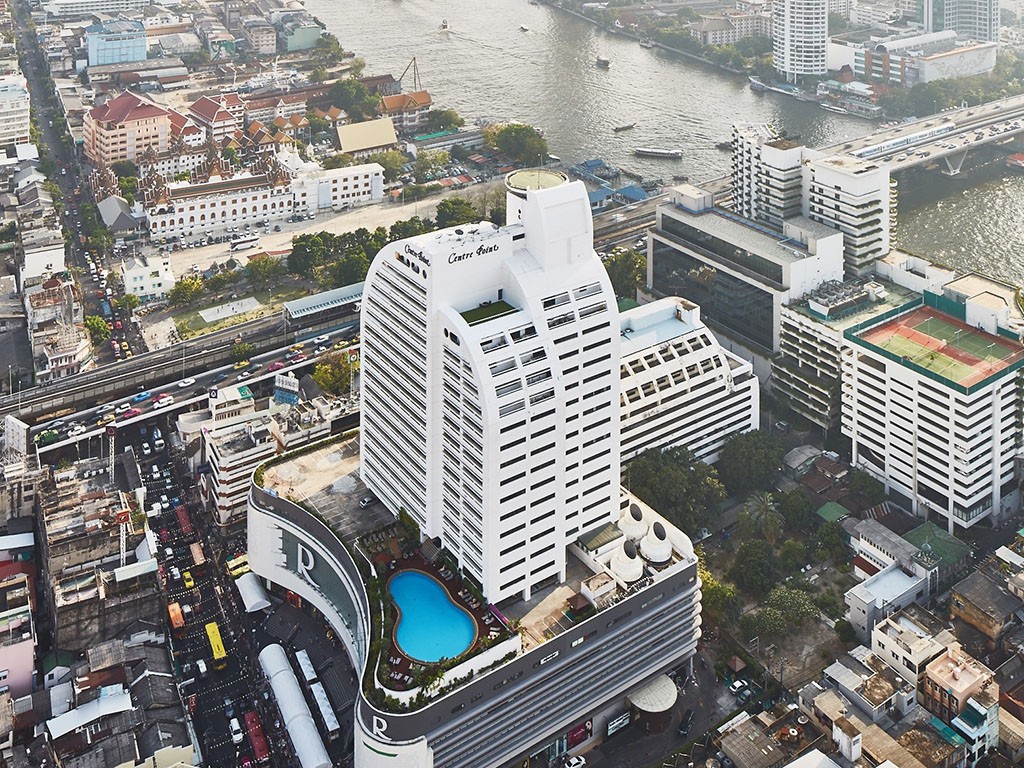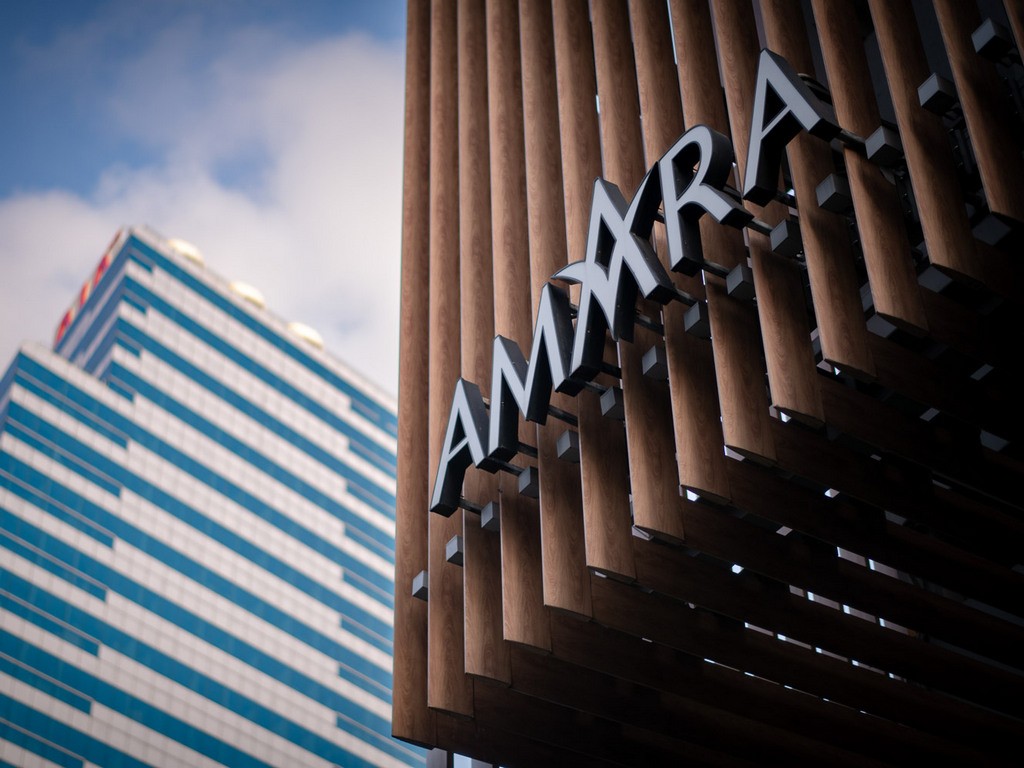“Majestic Chakri Maha Prasat Throne Hall and the revered Wat Phra Kaew, home to the Emerald Buddha.”
The Grand Palace, known locally as Phra Borom Maha Ratchawang, is one of Thailand’s most famous landmarks and a symbol of the nation’s rich history and royal heritage. Built in 1782 during the reign of King Rama I, it served as the official residence of the Thai monarch and the administrative seat of the kingdom for over 150 years.
The palace complex features stunning architecture that blends traditional Thai styles with European influences, especially evident in the Chakri Maha Prasat Throne Hall. Within its grounds lies Wat Phra Kaew (Temple of the Emerald Buddha), one of the most sacred Buddhist temples in Thailand, housing the highly revered Emerald Buddha statue.
Visitors to the Grand Palace can explore its intricately decorated buildings, exquisite murals, and royal artifacts, gaining deep insight into Thailand’s cultural and royal traditions. The palace remains a significant site for royal ceremonies and state functions.
How to Get There
-
MRT Subway: Get off at Sanam Chai Station and walk about 10 minutes
-
Bus: Routes 1, 25, 44, 47, 82, 91 and others pass nearby Na Phra Lan Road
-
Chao Phraya River Express Boat: Disembark at Tha Chang Pier and walk
-
Taxi / Grab: Enter “The Grand Palace” as your destination
Travel Tips
-
Dress modestly: no shorts, sleeveless shirts, or revealing clothing
-
Visit in the morning or late afternoon to avoid crowds and heat
-
Photography is allowed in outdoor areas; prohibited inside Wat Phra Kaew
-
Bring water and sun protection such as hats or umbrellas
Admission Fee
- 500 THB for foreigners
Free entry for Thai nationals
Opening Time
- Daily, 8:30 AM – 3:30 PM
All reviews
(List 1 review)รีวิวเมื่อ 18 มิ.ย. 55




































